Jongmyo Shrine [UNESCO World Heritage] (종묘 [유네스코 세계유산])
5.3Km 2024-07-05
157 Jong-ro, Jongno-gu, Seoul
+82-2-765-0195
Jongmyo Shrine was the primary place of worship for kings and their queens throughout the Joseon dynasty. The shrine was built at the same time as Gyeongbokgung Palace, under the orders of King Taejo, the first king of the Joseon dynasty. The shrine is the site of the royal memorial service, called Jongmyo Jaerye, a national event that has been passed down since the Three Kingdoms period. During the Joseon dynasty, the ritual was held on the first month of a seasonal change and the twelfth month of the lunar year.
Homeplus - Yeongdeungpo Branch [Tax Refund Shop] (홈플러스 영등포)
5.3Km 2024-04-22
42, Dangsan-ro, Yeongdeungpo-gu, Seoul
-
Olive Young - Homeplus Yeongdeungpo Branch [Tax Refund Shop] (올리브영 홈플러스영등포)
5.3Km 2024-04-23
42, Dangsan-ro, Yeongdeungpo-gu, Seoul
-
Nolbu Budaejjigae&Cheolpangui(놀부부대찌개&철판구이)
5.3Km 2020-12-21
775 Gyeongin-ro Yeongdeungpo-gu Seoul
+82-2-6309-5432
Budaejjigae (spicy sausage stew) is a soup dish made with various types of ham and Korean broth and sauces. This Korean dishes restaurant is located in Yeongdeungpo-gu, Seoul. The most famous menu is sausage stew.
Badahoe Jangeo Gui (바다회장어구이)
5.3Km 2021-03-25
34, Dangsan-ro, Yeongdeungpo-gu, Seoul
+82-2-2637-7757
It is a place where you can enjoy fresh seafood dishes. This Korean dishes restaurant is located in Yeongdeungpo-gu, Seoul. The most famous menu is assorted sliced raw fish.
Gop (곱)
5.3Km 2021-03-26
34, Dangsan-ro, Yeongdeungpo-gu, Seoul
+82-2-2633-5201
It is a store that uses natural ingredients. This Korean dishes restaurant is located in Yeongdeungpo-gu, Seoul. The representative menu is grilled pork small intestine/grilled beef small intestine.
Bukchon Son Mandu Bukchon Branch (북촌손만두 북촌점)
5.3Km 2024-12-10
This third-generation family-owned handmade mandu restaurant has been in business since 1953. Its handmade mandu bears the tradition of nearly 70 years. This restaurant distinguishes itself above others with its unique expertise in the art of mandu-making and fresh ingredients, capturing deep flavors with care in each mandu. A full spread of mandu is available here, from steamed mandu to thin-skin mandu, deep-fried mandu, shrimp mandu, and galbi mandu, which can be ordered in individual pieces or as an assorted package. Mandu and noodles go perfectly together, and here, visitors can enjoy mandu with cold buckwheat noodles or noodle soup. The most recommended menu is the noodle soup, which serves thick, plump noodles in warm broth. But that does not mean that the cold buckwheat noodles are lacking: cold buckwheat noodles are served in a cool, red kimchi broth.
OH!WABA (오!바바)
5.3Km 2021-03-19
81, Seosulla-gil, Jongno-gu, Seoul
+82-2-6083-9167
A waffle shop. The best menu at this restaurant is waffle. This is a cafe located in Jongno, Seoul.
Baek In-je House (백인제가옥)
5.3Km 2024-10-15
16 Bukchon-ro 7-gil, Jongno-gu, Seoul
+82-2-724-0200
Baek In-je House, located in Bukchon Hanok Village, is a hanok built during the Japanese administration period that portrays modern hanok features. The structure consists of a main room offering a good view of the whole village, spacious bedrooms, a large garden, and annex buildings. As it maintains the beauty of a traditional hanok while incorporating the modern trend of its time, Baek In-je House is considered to be highly valuable in means of both architecture and history, representing the Bukchon Hanok Village together with Yun Bo-seon House.
Baek In-je House was built from black pine, which was first introduced in Seoul during the Gyeongseong Expo in 1907, distinguishing itself from other upper-class houses of its time. Unlike other traditional hanok designs that separate the main building from the other rooms, Baek In-je House connects the two with a hallway, allowing convenient access between the two structures. The house also consists of a Japanese-style hallway and floor mat rooms, reflecting the interior trends of that period. Baek In-je House is also unique in that the main room is partially built as a two-story structure, a style that was never seen in any traditional hanok built during the Joseon period.

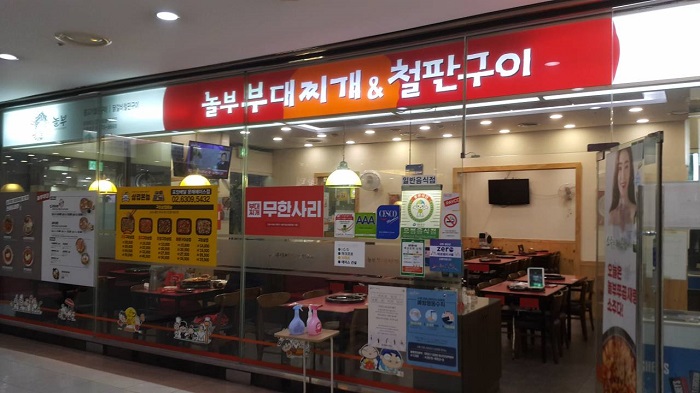
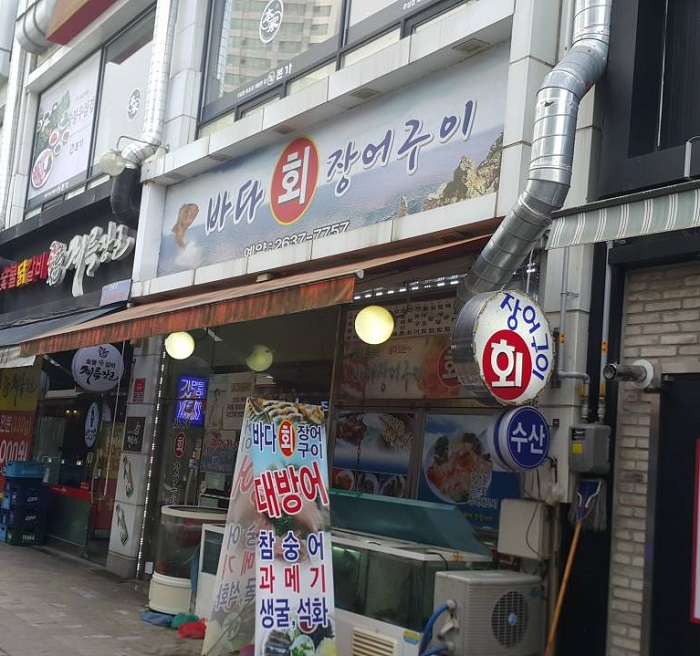
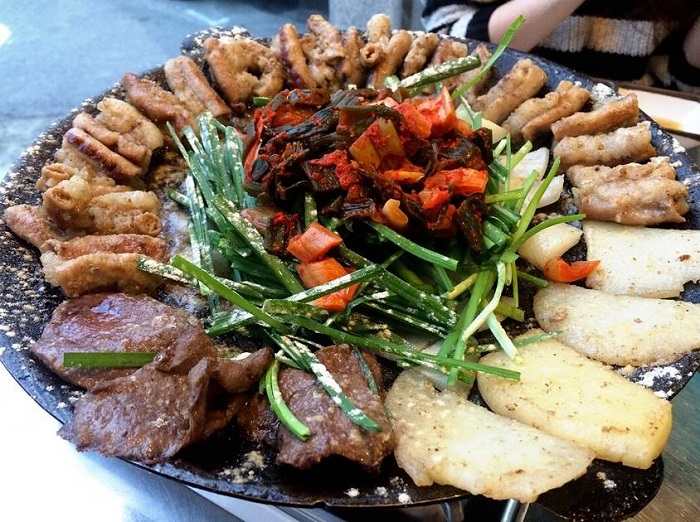
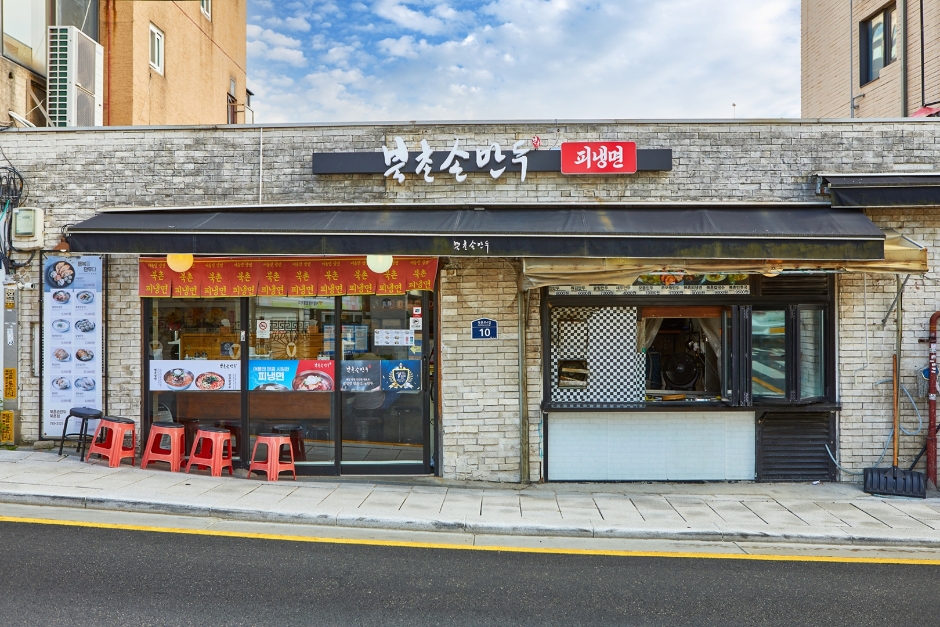
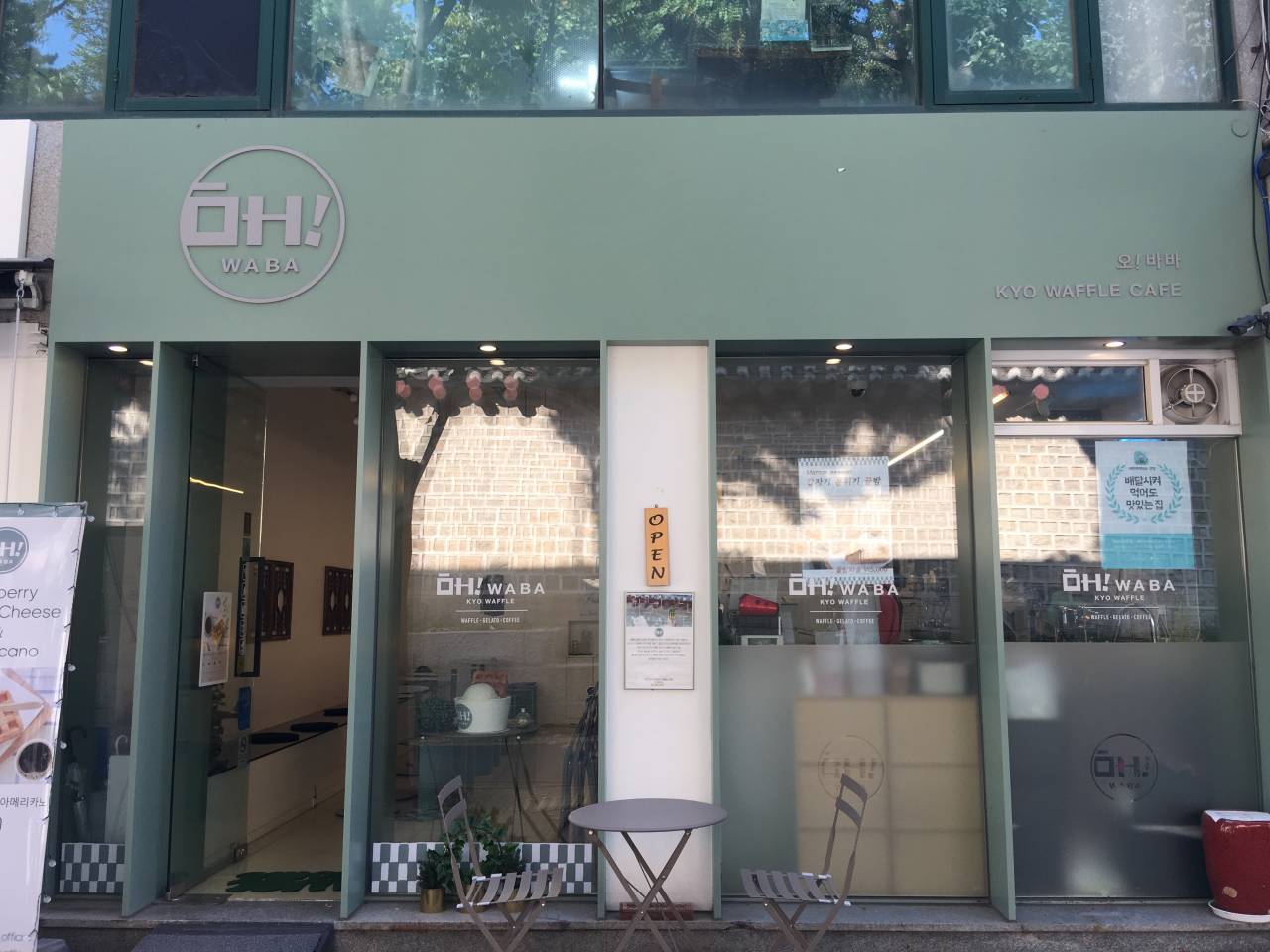
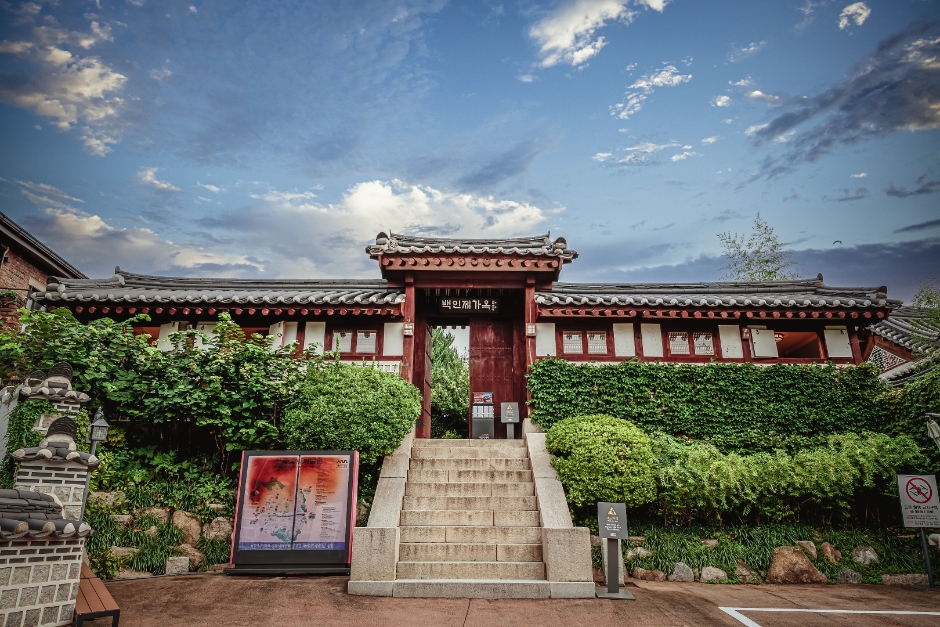
 English
English
 한국어
한국어 日本語
日本語 中文(简体)
中文(简体) Deutsch
Deutsch Français
Français Español
Español Русский
Русский